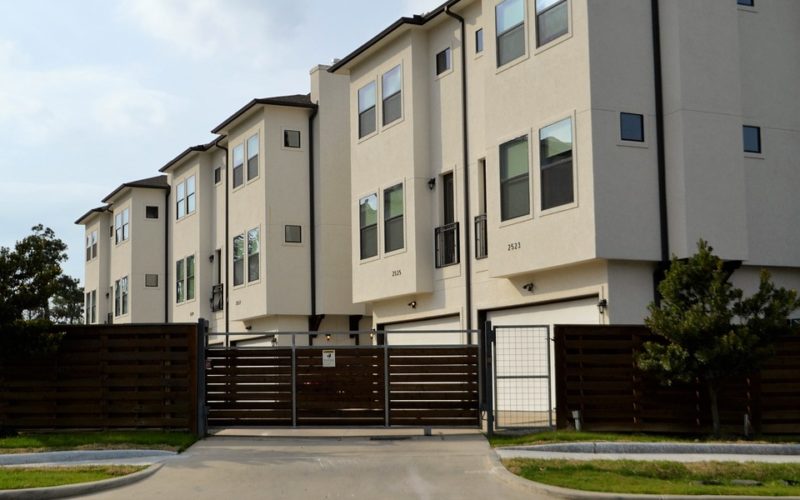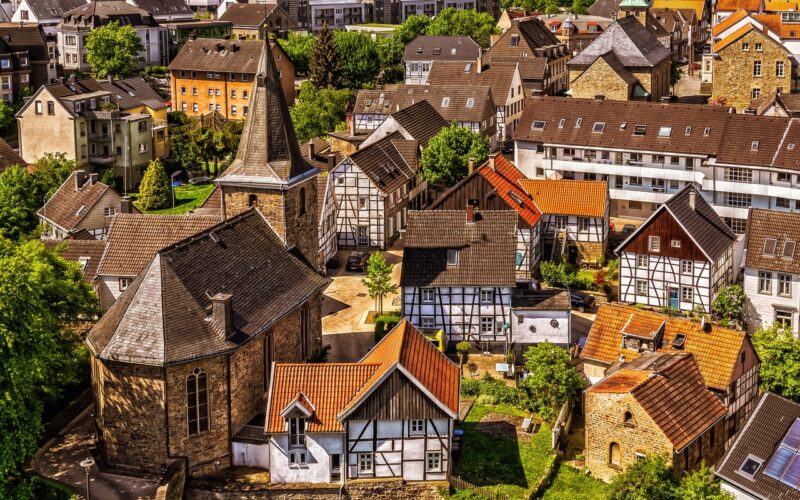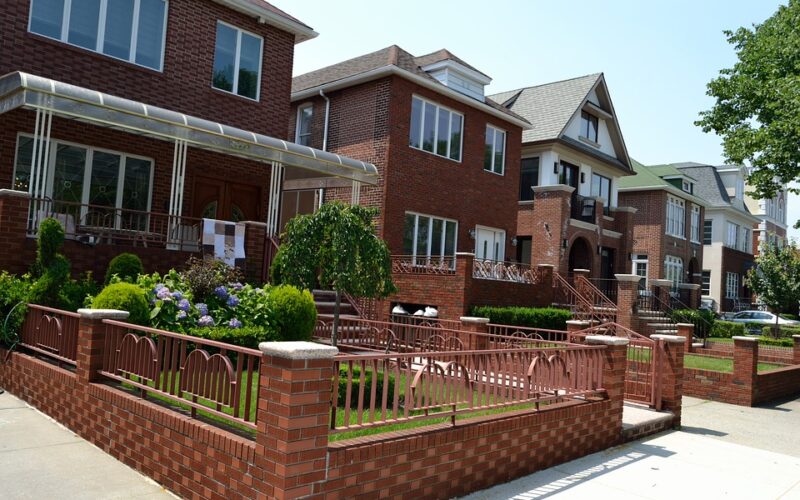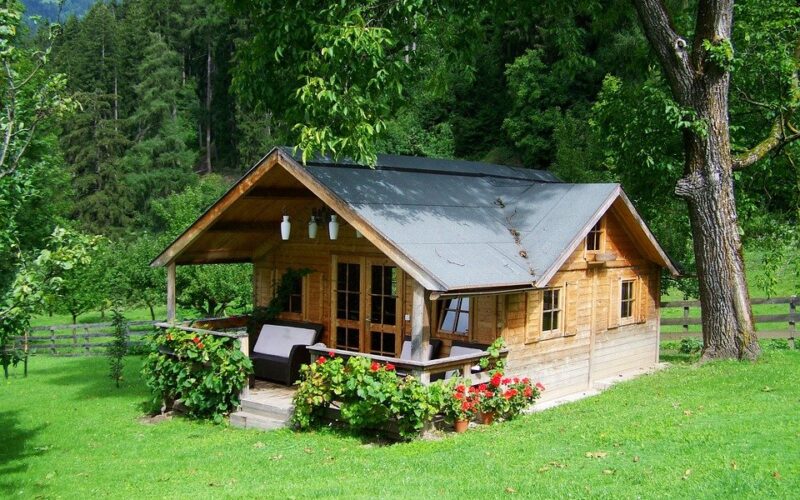The majority of localities now have zoning plans in place, and getting a variance from them is generally a long and difficult process. Breaking a community down into manageable areas helps to plan how the land will be used, and it is generally the way most modern communities manage. Those that have not chosen to use zoning laws have often found that residents and business owners are unhappy due to traffic issues, lack of access or noise issues.
Residential property zones are for single family houses, but some of them also include multiple unit housing such as condominiums and townhouses. These zones are chosen to protect property values for the owners, and it encourages them to maintain their areas in good condition. There are some areas where small commercial developments are interspersed to give residents easy access to amenities, but they are heavily regulated in many communities.
Business zones are obviously for those who want to hang their shingle and begin letting customers in the door, but many of them have restrictions as to the size and type of business allowed. Downtown areas often limit square footage, sign size and even the amount of foot traffic. These areas are often part of an historical area, and most of them are meant to attract tourists and residents. The shops are often small, colorful and interesting, but there is little manufacturing in the area. Residences are occasionally allowed, but they are often restricted to the upper floors of buildings or just off the main street.
Industrial zones are where most manufacturing in a community takes place, and they are often set apart from the downtown area and neighborhoods. Planning boards often set up this type of isolation to control the flow of traffic and noise. While many residents and small business owners welcome industry for the jobs, they are generally concerned with keeping the impact of their presence low.





















